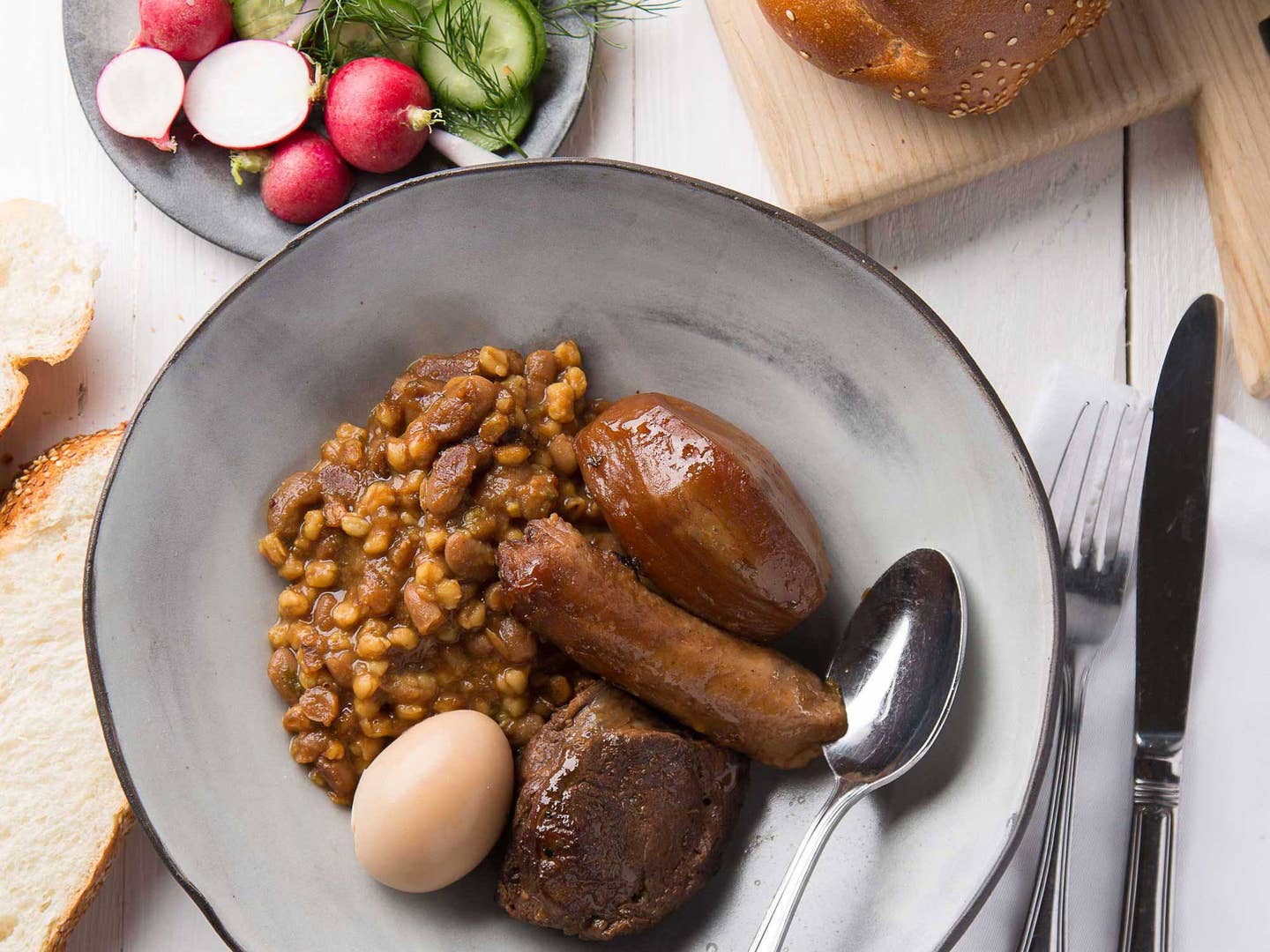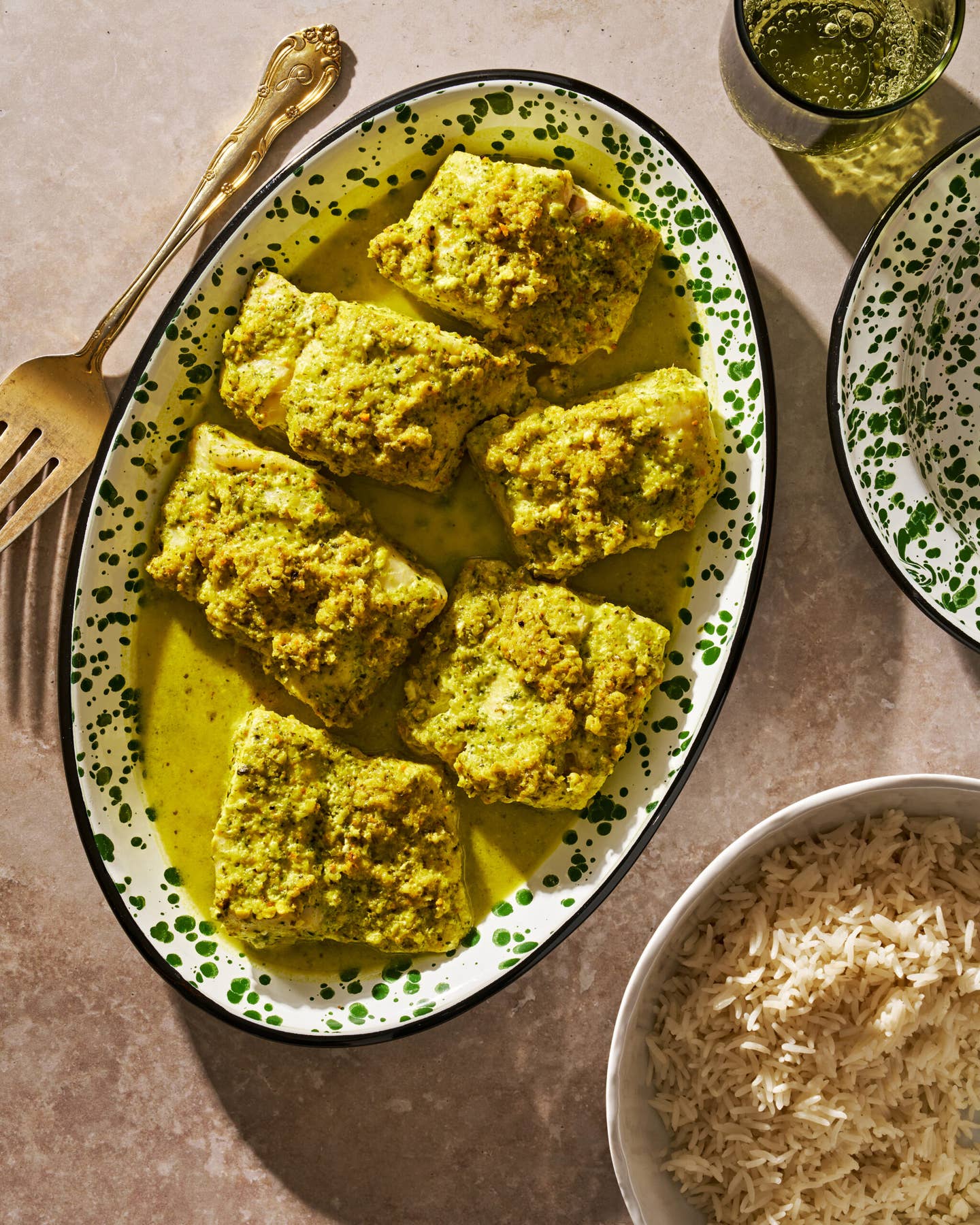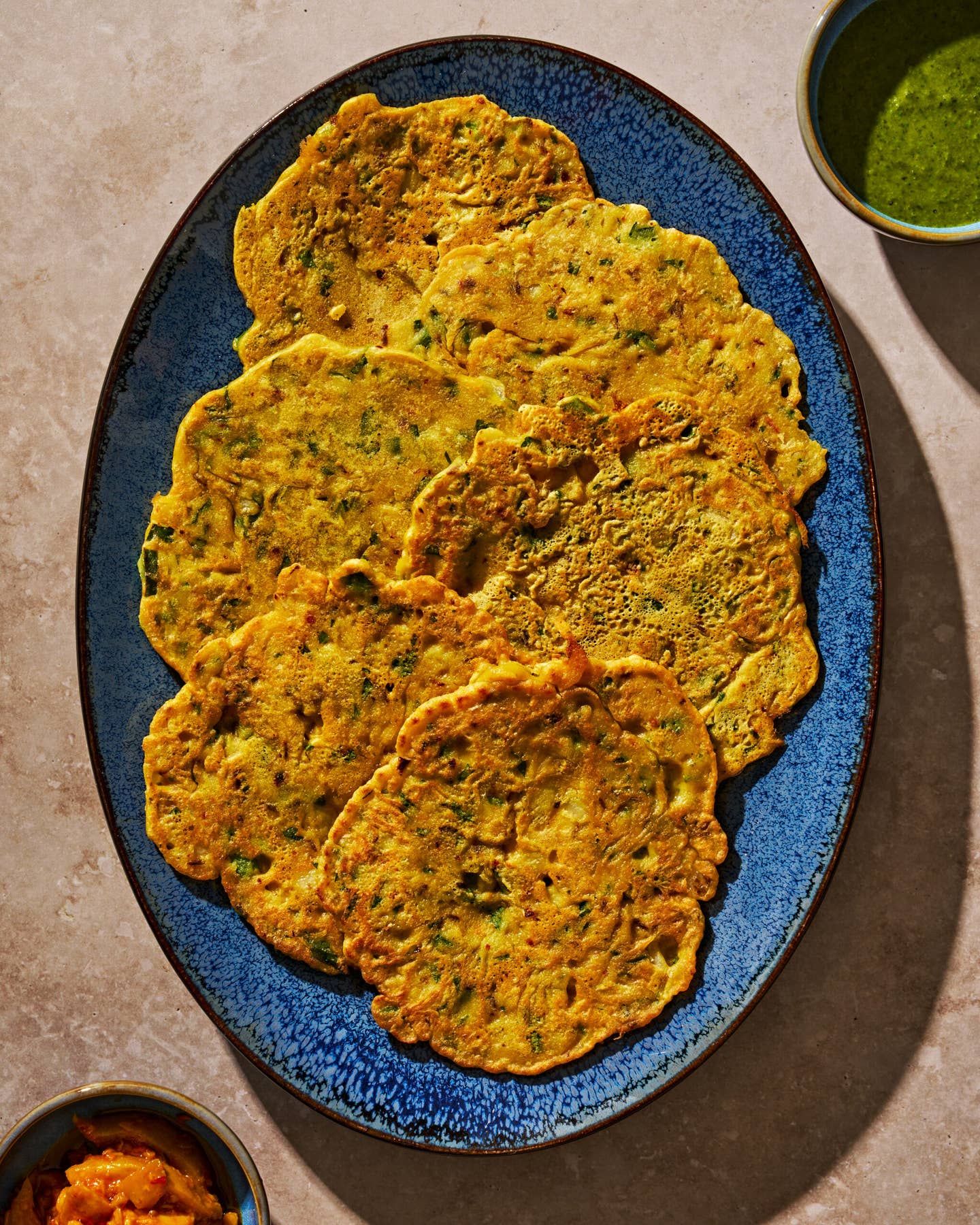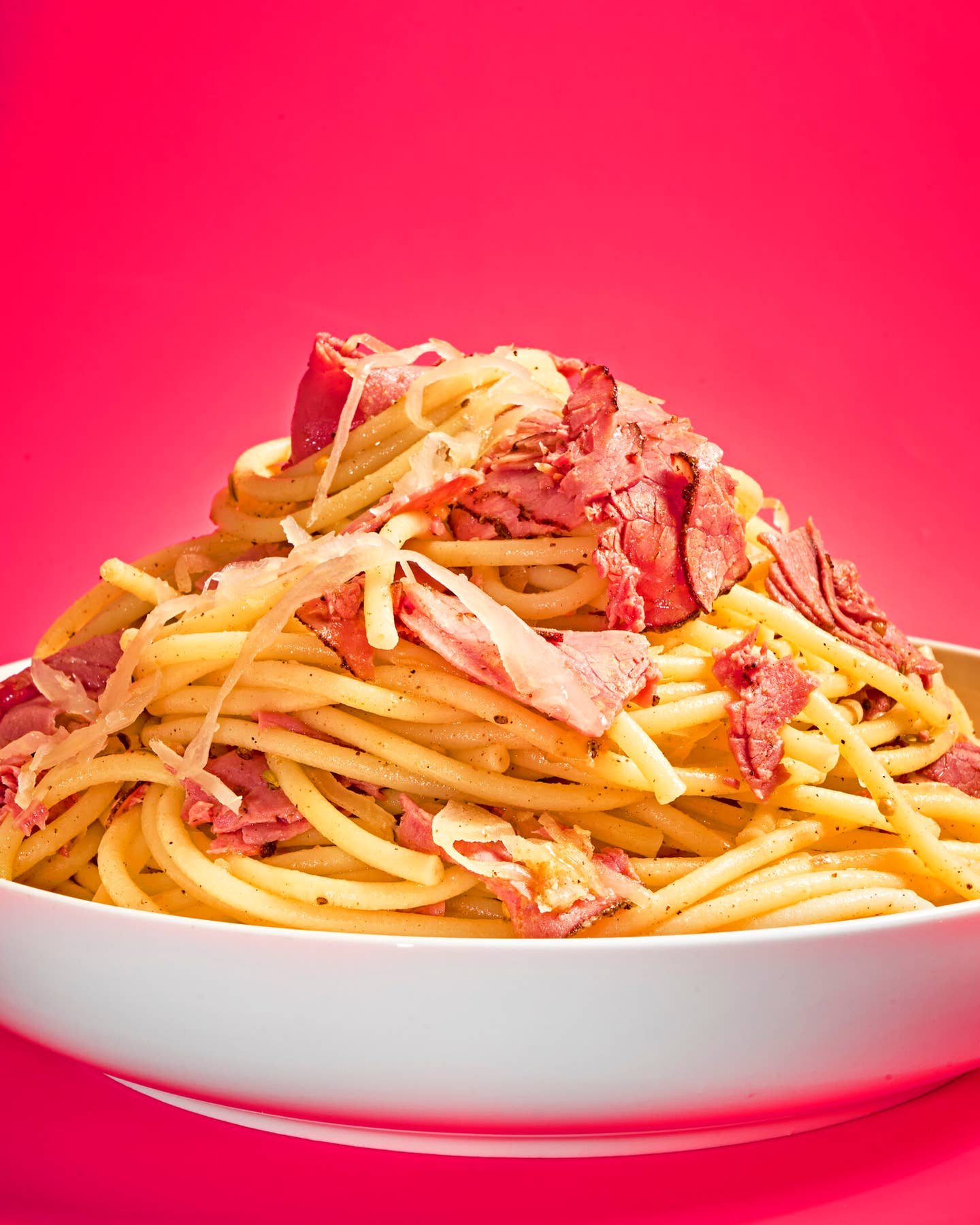
How I Learned to Love Cholent, Tel Aviv’s Jewish Cassoulet
Umami flavor in cholent? Yes please
Before I moved to Tel Aviv, I was never a fan of cholent. Cholent, a meaty, marrow-infused Jewish stew with beans, potatoes, and barley—heavy with stodge and lacking in color—always seemed to me to be a bland, binding mush.
But for my husband, who grew up religious, cholent was a sacrosanct Saturday ritual, as hallowed as the Sabbath itself. Its evolution was utterly practical: Jews are forbidden from lighting fires on the Sabbath, so cholent, which can be slow-cooked for up to 24 hours, was prepared before sundown on Friday night and left to cook on a low flame until lunchtime the following Saturday.
I grew up in an Ohio home that was Jewish but adamantly secular. On Saturdays we ate shrimp, a quiet act of defiance. Cholent, with its beans and bones and blobs of congealed grains, seemed to us an unnecessary affliction.
The first time I spent a weekend with my husband’s family, I turned up my nose at the stew my mother-in-law Nicky offered me for lunch. But I knew that in the hierarchy of Judaism's cultural accoutrements, cholent is at the top of the list, and I wanted to make a good impression. I swallowed a spoonful.
Nicky’s recipe is sweetened with sweet potato and studded with wheat berries and quinoa, cutting some of the heaviness from the traditional white potatoes and barley. Chili flakes, long considered an ingredient non grata in Ashkenazi cooking, add subtle heat. And while it does have ketchup, it’s free of other sugary additions like cola and honey, saving it from the cloying sweetness of versions I had sampled, and spit out, when visiting relatives as a child. This cholent tasted like cassoulet, but with a Yiddish twist. It was rich with marrow and umami, full of flavor layers much like a perfect bone broth. Eating it, I was surprised to find myself, at that table full of new and religious family, feeling utterly at home.
I’m not alone in my rediscovery of cholent. Today in Tel Aviv, the dish is popping up on weekend menus across the city, both at restaurants that peddle “traditional Jewish fare” as well as trendy cafes and even all-you-can-drink-bracelet bars. It is the ultimate cold-weather slow food.
At his new hotspot Raisa, chef Uri Levy, who trained at Paris’s L’Atelier de Joël Robuchon, serves up his cholent with rice and offal. A rainy-day Instagram post by Tel Aviv celebrity chef Michal Ansky, showing her cooking the dish in her kitchen, racked up 8,000 likes. Ansky also happens to be the daughter of Sherry Ansky, author of Hamin, Israel’s paramount cookbook on the dish (“Hamin” is another name for the dish, used by Jews with roots in North Africa and the Middle East). The photo caption read: “I’m sure that thousands of pots of cholent are being prepared at this very moment. Did you make some, too?”
“All Jews have their version of cholent, no matter where they’re from,” says Adi Perry of Delicatessen, a popular French-inspired bistro and take-away deli in Tel Aviv. The shop can’t keep up with preorders for the cholent by the pot they offer on winter weekends.
To make a perfect pot of cholent, lightly searing the vegetables first helps sweeten and broaden their flavor before they go into a slow cooker or begin to simmer on the stove. Cholent enthusiasts will tell you the dish needs a healthy pour of honey, barbecue sauce, and sometimes beer before cooking, but keeping the sweetness subtle, not cloying, is becoming the norm in modern versions. Finally, traditional cholent always has a mixture of grains, potatoes, and bones, but choosing a flavorful cut of bone-in meat for stewing, such as short ribs, ups the appeal.
Adeena Sussman, whose upcoming cookbook, Sababa: Cooking From My Tel Aviv Kitchen, is being published next spring, makes her cholent with freekeh, short ribs, and Jerusalem artichoke and calls the cooking of it an act of therapy.
“More than ever, Israelis need comfort food,” she says. “In the winter here, it feels almost primal, this desire to put a lot of hearty things into a big pot and just let them do the work instead of you.”
Keep Reading
Continue to Next Story










